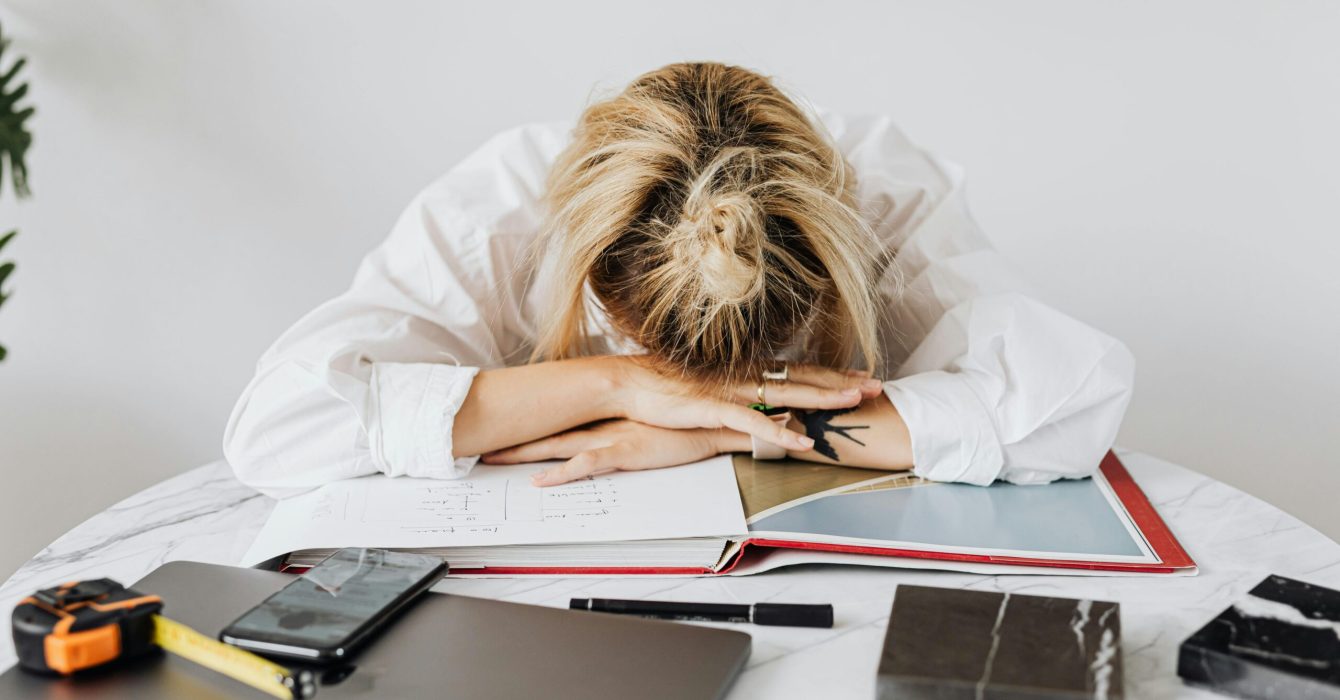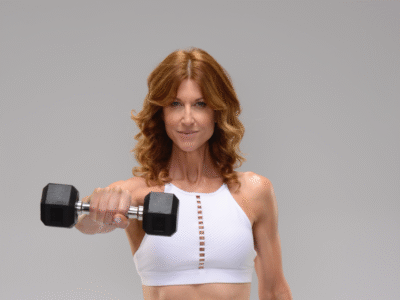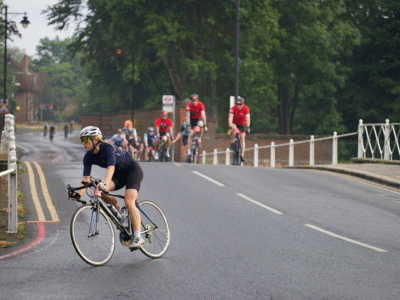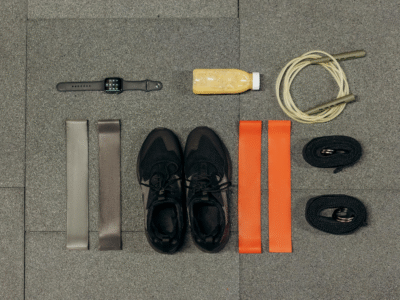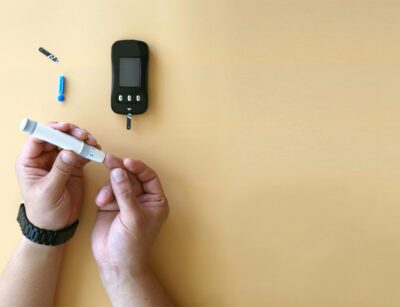Beating the afternoon crash doesn’t have to involve chugging another cup of coffee — by understanding why this energy dip happens and arming yourself with a few strategies, you can reclaim the day, without the post-caffeine jitters.
Ah, the 3pm slump. Like clockwork, your energy plummets faster than your phone battery, and the only thing keeping you awake is the promise of getting back to your bed later.
But don’t worry — you’re not alone. The 3pm slump is a universal struggle, with a study finding that over half of the UK experience this drain, with Wednesday being the most common day for this to occur.
In fact, to get specific, a study by Protein Works found that coffee drinkers hit their slump at 2.36pm.
So, why do we experience this afternoon nosedive, and more importantly, how can we conquer it without reaching for another cup of coffee?
Why do I crash so hard at 3pm?
First, let’s break down the mystery of why your brain turns into mush right at in the afternoon.
Read more: Tired all the time? You’re probably not resting properly

Turns out, your body’s natural circadian rhythm is to blame. This internal clock, which controls your sleep-wake cycle, has a mid-afternoon dip built right in.
After lunch, your body is also busy digesting, which requires energy and can lead to feelings of drowsiness.
Plus, the carbs from your sandwich, pasta, or that office birthday cake you inhaled an hour ago can cause a spike in blood sugar followed by a sharp drop, leaving you feeling like a deflated balloon.
How to beat the 3pm slump without coffee
Take a walk on the wild side (or just around the block)
If you’re feeling sluggish, the best way to shake off the sleepiness is to move.
Sleep consultant Jade Zammit says: “I’d recommend taking a break or a walk where possible at that time so help wake your body up.”
Even a five-minute stroll around the office or a brisk walk outside can do wonders for your energy levels.
The fresh air will clear your head, and the movement will get your blood pumping — plus, you might even find inspiration in that oddly shaped cloud or the quirky squirrel eyeing you from the tree.
Read more: Solo hiking benefits and how to do it safely as a woman

Snack smart, not hard
Instead of reaching for sugary snacks, opt for something that won’t send you on a wild sugar ride.
Registered Nutritionist Uta Boellinger suggests veggies with hummus, an apple with peanut butter, or Greek yoghurt with berries.
If you must have chocolate (and let’s be honest, sometimes you must), go for dark chocolate. It satisfies your sweet tooth and gives you a little pick-me-up without the crash. [probably need to say how dark chocolate differs from milk chocolate here, or else it’s a redundant point]
Hydrate, hydrate, hydrate
Jade advises: “Water is the best thing you can give your body when you’re feeling tired — a big cold glass of it”.
Dehydration can make you feel sluggish. Keep a water bottle at your desk and take sips throughout the day.
For a flavour boost, add a slice of lemon or cucumber — bonus points if you pretend you’re at a spa instead of at your desk staring at emails.
Read more: Expert tips on how to tackle dry skin this winter

Embrace the power of music
When your eyelids start to feel like they’re made of lead, it’s time to pump up the jams. Create a playlist of your favourite upbeat songs, and let the music work its magic.
Dancing in your chair or doing a little shimmy in the hallway is not only allowed but encouraged.
Just be mindful of your surroundings — your colleagues might not appreciate a full-on dance party in the middle of their spreadsheet.
Get a breath of fresh air
Oxygen is your friend. When you feel the slump coming on, take a few deep breaths.
Rebecca Marie Crowe, writer at coffee brand Cafely, suggests trying the 4-7-8 breathing technique to increase oxygen supply around the body and give you a much-needed energy boost.
This technique involves breathing in for four seconds, holding the breath for seven seconds, and exhaling for eight seconds.
Repeat this a few times until you start to feel reenergised and ready to tackle whatever the afternoon throws at you.
Switch tasks for a mental refresh
If you’ve been staring at the same project for hours, your brain might just need a change of pace.
Switch to a different task — preferably one that requires a different set of skills. If you’ve been writing all day, maybe tackle some data entry or creative brainstorming.

The mental shift can give your brain the reboot it needs to power through the rest of the day.
Power naps
Instead of fighting the sleepiness, try indulging the urge — you may just give yourself a much-needed energy boost.
Studies suggest that a 20-minute power nap leaves you refreshed, allowing you to stay awake for longer.
Rebecca advises: “For the best impact, aim to have your nap in the early afternoon. This way, you’ll have a nice energy boost into the afternoon and minimal impact on your body clock when bedtime rolls around.”
Optimise your environment
Take a look at your workspace. Is it dimly lit and stuffy? That could be contributing to your afternoon fatigue.
If possible, increase the lighting in your area or open a window to let in some fresh air. A well-lit, comfortable environment can help keep your energy levels up and your mood positive.
Try putting night mode on your screen, to tint it orange. This filters out the blue light, which, in turn, will take less of a toll on your eyes. The strain is likely another reason you’re struggling to keep your peepers open.

How to prevent the 3pm slump
The general consensus among the experts L360 spoke to is to look at preventing the slump in the first place — rather than soothing the symptoms.
Uta Boellinger, registered nutritionist and head of nutrition at Bare Biology, says that the energy drop we feel is mainly due to blood sugar imbalance and eating the wrong foods for breakfast and lunch which result in a blood sugar crash at 3pm.
Uta advises: “By incorporating high-fibre and high-protein meals and eliminating added sugars at breakfast and lunch time we’re able to prevent this crash and have sustained energy levels throughout the day.”
Read more: 7 wellness shot recipes to start your day right

Another tip is to avoid drinking coffee earlier in the day. Though this may be a horrifying concept to many of you, Jade Zammit says that the peak you get from the caffeine will quickly see you crash later in the day.
Finally, if you find yourself consistently sleepy in the afternoon, you may want to get your iron levels checked.
Dr Naomi Newman-Beinart, nutritionist and specialist in health psychology, says: “Iron contributes to the normal function of the immune system, supports normal cognitive function and helps with the reduction of tiredness and fatigue”.
Dr Newman-Beinart recommends opting for an oral iron spray, which you can get from the likes of Better You, rather than traditional tablets as they absorb faster — meaning a quicker energy boost.

